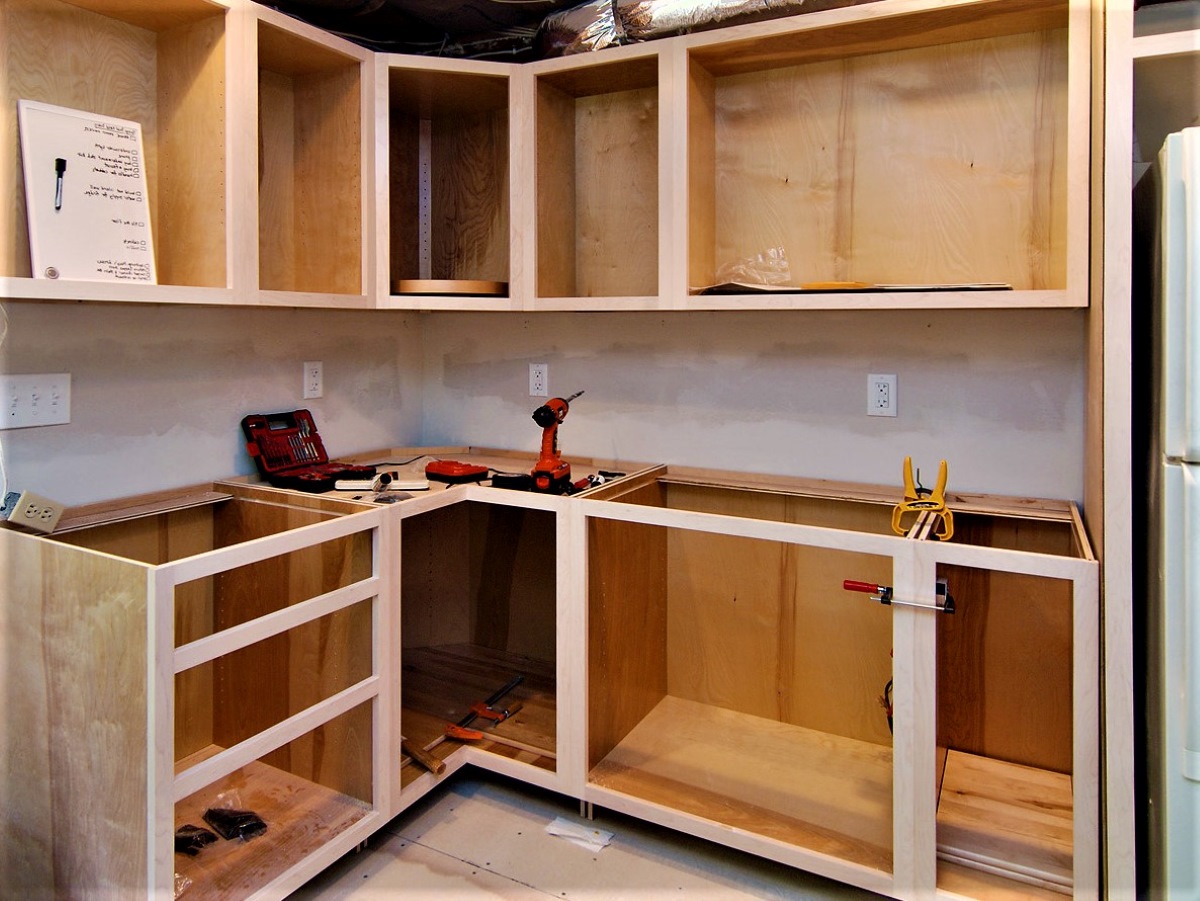

Articles
How Much Is Cabinet Installation
Modified: January 19, 2024
Looking for professional cabinet installation services? Find out how much it costs to install cabinets in your home with our expert home maintenance team. Contact us today!
(Many of the links in this article redirect to a specific reviewed product. Your purchase of these products through affiliate links helps to generate commission for Storables.com, at no extra cost. Learn more)
Introduction
Welcome to our comprehensive guide on cabinet installation costs. If you’re thinking about updating your kitchen or bathroom, installing new cabinets can completely transform the look and functionality of the space. However, it’s essential to understand the associated costs to plan your budget accordingly.
When it comes to cabinet installation, several factors can influence the overall expenses. Factors such as the materials used, labor costs, and additional costs must be taken into account. Whether you’re considering a DIY approach or hiring a professional, it’s crucial to have an understanding of the average costs involved.
In this article, we’ll break down the different factors affecting cabinet installation costs and provide you with valuable tips to save money. So, let’s dive in!
Key Takeaways:
- When budgeting for cabinet installation, consider factors like materials, labor, and additional costs. Research cost-effective options, get multiple quotes, and explore DIY preparation to save money without compromising quality.
- Whether DIY or hiring a professional, careful planning and understanding of costs are crucial. Optimize your budget by considering stock cabinets, second-hand options, and maximizing efficiency in cabinet design.
Read more: How To Install Cabinets And Countertops
Factors Affecting Cabinet Installation Costs
When determining the cost of cabinet installation, several factors come into play. Understanding these factors will help you estimate and plan for the expenses associated with your project. Let’s take a closer look at the key factors influencing cabinet installation costs:
- Size and Complexity: The size and complexity of your cabinet installation project heavily influence the overall cost. Larger and more intricate installations will require more materials and labor, resulting in higher expenses.
- Materials: The choice of materials for your cabinets significantly impacts the cost. Cabinets made from solid wood or high-end materials tend to be more expensive than those made from particleboard or MDF (Medium Density Fiberboard).
- Customization: Custom cabinets, designed to fit your specific space and style preferences, often come at a higher price. The more customization required, such as unique shapes, finishes, or hardware, the more you can expect to pay.
- Demolition and Removal: If you’re replacing existing cabinets, the cost of removing and disposing of the old cabinets needs to be considered. The complexity of the demolition process can impact the overall cost.
- Location: Your geographical location plays a role in cabinet installation costs. Labor rates and material prices vary across regions, so it’s essential to research local market prices.
- Additional Features: Additional features, such as lighting, pull-out shelves, or organizational inserts, can add to the cost of installation. These features enhance functionality but come at an additional expense.
It’s important to keep in mind that these factors are interconnected, and changes in one aspect may affect the cost in other areas. To get an accurate estimate, it’s recommended to consult with a professional to assess the specifics of your project.
Materials and Labor
The choice of materials and hiring skilled labor are two crucial components when considering the cost of cabinet installation. Let’s explore each of these factors in detail:
Materials:
The materials you choose for your cabinets will have a significant impact on the overall cost. Here are some common cabinet materials and their associated costs:
- Wood: Solid wood cabinets are known for their durability and beauty, but they tend to be more expensive. The price varies depending on the type of wood used, such as oak, cherry, or maple.
- Laminate: Laminate cabinets are a more budget-friendly option and come in a variety of colors and patterns. They are made by applying a thin layer of laminate to a base material.
- Thermofoil: Thermofoil cabinets are made by applying a vinyl layer to an MDF or particleboard base. They are cost-effective and offer a smooth, easy-to-clean surface.
- Particleboard and MDF: These are often the most affordable options for cabinet construction. They are made from wood particles or fibers bound together with resin. While they may not be as durable as solid wood, they can still provide a satisfactory solution.
Labor:
The cost of labor for your cabinet installation can vary depending on several factors:
- Experience and Expertise: Skilled professionals with extensive experience may charge higher rates for their expertise. However, their knowledge and precision can ensure a high-quality installation.
- Location: Labor rates can vary depending on your location. In urban areas or regions with higher costs of living, you might expect to pay more for labor.
- Scope of the Project: The complexity and size of the installation affect the labor cost. Larger projects may require a team of installers, whereas smaller projects can be handled by a single professional.
- Timeline: If you require the project to be completed within a tight timeframe, it may result in additional charges. Rush jobs or expedited services often come at a premium.
When estimating the total cost of your cabinet installation, it’s crucial to factor in both the materials and the labor expenses to have a clear understanding of the overall investment required.
Read more: How To Install A Drawer In A Cabinet
Preparing for Cabinet Installation
Proper preparation is essential before starting the cabinet installation process. Taking the time to plan and prepare will help ensure a smooth and efficient installation. Here are some key steps to consider:
1. Measure the Space:
Accurate measurements are crucial to ensure that your cabinets fit perfectly in the designated space. Measure the dimensions of the walls, ceiling height, and any obstacles like windows, doors, or vents. This will help determine the appropriate size and layout of your cabinets.
2. Create a Design Plan:
Having a clear design plan will guide the installation process. Consider the desired layout, style, and functionality of your cabinets. Take into account factors such as storage needs, countertop space, and accessibility. This plan will serve as a blueprint for the installation.
3. Choose the Right Cabinet Style:
Selecting the right cabinet style is a crucial part of the preparation process. Consider the overall design aesthetic of your space, whether modern, traditional, or transitional. Remember to choose cabinets that will complement the existing decor and enhance the overall appeal of the room.
Read more: How To Install Cabinet On Wall
4. Determine the Budget:
Decide on a budget for your cabinet installation project. Consider the cost of materials, labor, and any additional features you may want to include. Having a clear budget will help you make informed decisions and avoid overspending.
5. Remove Existing Cabinets and Clear the Space:
If you’re replacing existing cabinets, you’ll need to remove them before the new installation. Clear out the contents and carefully dismantle the old cabinets. Ensure the installation area is clear and ready for the new cabinets.
6. Address Any Structural or Plumbing Issues:
Before installing cabinets, it’s essential to address any underlying structural or plumbing issues. Make sure the walls are structurally sound and properly prepared. Check for any plumbing or electrical connections that may need to be relocated or modified.
7. Secure Necessary Permits:
In some cases, you may need to obtain permits for the cabinet installation, especially if it involves structural modifications or electrical work. Check with your local building department to determine if permits are required and ensure compliance with all regulations.
By following these steps and adequately preparing for the cabinet installation, you’ll help ensure a successful and hassle-free process. Proper preparation will not only save you time but also contribute to the overall quality and longevity of your new cabinets.
Read more: How To Install Cabinet Handles
Average Cost of Cabinet Installation
The average cost of cabinet installation can vary depending on factors such as location, materials used, size of the project, and labor fees. To give you a rough estimate, let’s break down the average costs involved:
Material Costs:
On average, the cost of cabinets ranges from $150 to $1,000 per linear foot. However, keep in mind that this cost can vary significantly depending on the material, design, and customizations. Solid wood cabinets tend to be more expensive, while laminate or thermofoil options are more budget-friendly.
Labor Costs:
Labor costs for cabinet installation typically range from $50 to $150 per hour. The total labor charges will depend on the complexity of the project, location, and the experience of the professionals hired. For a standard kitchen cabinet installation, the labor fees can range from $500 to $3,000, depending on the scope of the work.
Total Cost Calculation:
To estimate the total cost, you’ll need to consider both material and labor expenses. Here’s a basic calculation example:
For a 10-foot long kitchen wall with standard cabinets, the material cost can range from $1,500 to $10,000. Assuming a labor rate of $100 per hour and an estimated installation time of 20 hours, the labor cost would be around $2,000.
Therefore, the total cost of the cabinet installation for this scenario would be approximately $3,500 to $12,000.
Keep in mind that this is just an estimate, and actual costs may vary based on your specific requirements and circumstances. It’s recommended to obtain multiple quotes from reputable contractors to get a more accurate understanding of the costs involved in your particular project.
Additionally, it’s worth noting that additional costs such as demolition and removal of old cabinets, plumbing or electrical modifications, and any additional features or accessories will also impact the overall cost. These factors should be taken into account when budgeting for your cabinet installation.
By understanding the average cost range and considering the specific factors involved, you can better plan and budget for your cabinet installation project.
Read more: How To Install A Cabinet Door
Additional Costs to Consider
When estimating the cost of cabinet installation, it’s important to consider additional expenses that may arise during the project. These costs can vary depending on the specific requirements of your installation. Here are some additional costs to keep in mind:
1. Demolition and Disposal:
If you’re replacing existing cabinets, there may be costs associated with the demolition and disposal of the old cabinetry. This can include labor fees for removing the old cabinets, hauling away debris, and disposing of materials properly. The complexity of the demolition process can impact these costs.
2. Plumbing and Electrical Work:
If your cabinet installation involves relocating or modifying plumbing or electrical connections, there may be additional costs. This can include hiring a professional plumber or electrician to make the necessary adjustments or install new lines, as well as any permit fees required for the work.
3. Countertop Installation:
Installing new cabinets often goes hand in hand with updating or replacing countertops. The cost of countertop installation should be factored into your budget, as it can vary depending on the material and complexity of the installation.
Read more: How To Install Base Cabinet
4. Backsplash and Flooring:
When installing new cabinets, you may also decide to update the backsplash or flooring. These additional elements can contribute to the overall aesthetic of the space and may involve additional costs for materials and installation.
5. Hardware and Accessories:
Consider the cost of hardware such as knobs, handles, and hinges, as well as any accessories you may want to include in your cabinets, such as pull-out shelves, lazy susans, or organization inserts. These additions can enhance the functionality of your cabinets but may come at an extra cost.
6. Permits and Inspections:
Depending on your local building regulations, you may need to obtain permits for your cabinet installation project. Permit fees can vary, and you may also be subject to inspections to ensure compliance with local codes.
It’s important to account for these additional costs when budgeting for your cabinet installation. By considering all potential expenses, you can avoid unexpected surprises and plan your project accordingly. Be sure to discuss any potential extra costs with your contractor or installer to get a more accurate estimate based on your specific requirements.
DIY vs. Hiring a Professional
One decision you’ll need to make when it comes to cabinet installation is whether to tackle the project yourself or hire a professional. Both options have their advantages and considerations. Let’s compare the pros and cons of DIY and hiring a professional:
Read more: How To Install Pantry Cabinet
DIY (Do-It-Yourself):
Advantages:
- Cost Savings: One of the main reasons people choose to DIY is to save money on labor fees. By taking on the installation yourself, you can potentially reduce the overall cost of the project.
- Sense of Accomplishment: Successfully completing a DIY project can be immensely satisfying and give you a sense of accomplishment.
- Flexibility in Scheduling: DIY allows you to work at your own pace and fit the project into your schedule.
- Customization: With DIY, you have the freedom to customize every aspect of the installation to your liking.
Considerations:
- Skill and Experience: Cabinet installation requires knowledge of tools, measurements, and construction techniques. If you have limited experience or lack the necessary skills, it may be challenging to achieve professional-looking results.
- Time and Effort: DIY projects can be time-consuming, particularly if you’re not familiar with the process. Installing cabinets involves precise measurements, leveling, and proper securing, which can be labor-intensive.
- Potential Mistakes: Without proper expertise, there is a risk of making mistakes that could lead to costly repairs or even damage to the cabinets.
Hiring a Professional:
Advantages:
- Expertise and Experience: Professional cabinet installers have the skills and knowledge to handle the installation efficiently and with precision. They are experienced in dealing with various challenges that may arise during the process.
- Saves Time and Effort: Hiring a professional saves you the time and effort required to plan, measure, and install the cabinets yourself. They can complete the project in a shorter timeframe while ensuring high-quality results.
- Professional Tools and Equipment: Cabinet installers have access to specialized tools and equipment that may be needed for the installation. This ensures a better fit and finish.
- Guarantees and Warranties: Many professionals offer guarantees or warranties on their work, providing you with peace of mind and protection in case of any issues that may arise post-installation.
Considerations:
- Cost: Hiring a professional will involve additional costs for labor, which can significantly impact your budget. However, it is important to weigh these costs against the potential risks and challenges of DIY.
- Limited Customization: While professionals can provide valuable design and layout recommendations, you may have less flexibility in customizing every detail of the project.
- Scheduling: Professionals may have a busy schedule, so securing a time slot for installation may require some coordination.
Ultimately, the decision between DIY and hiring a professional depends on your comfort level with the project, your budget, and the complexity of the installation. If you have the necessary skills and experience, DIY can be a rewarding option. However, if you’re unsure or if the project requires extensive modifications or precision, it’s often advisable to seek the assistance of a professional cabinet installer.
Tips for Saving Money on Cabinet Installation
Renovating your kitchen or bathroom with new cabinets doesn’t have to break the bank. With some smart planning and budget-friendly strategies, you can save money on your cabinet installation while still achieving a beautiful and functional space. Here are some tips to help you save money:
1. Research and Compare Prices:
Take the time to research different suppliers and compare prices for cabinets and materials. Look for discounts, sales, or clearance options that can help you find quality cabinets at a lower cost.
Read more: How To Install A Medicine Cabinet
2. Consider Stock or Ready-to-Assemble Cabinets:
Stock or ready-to-assemble (RTA) cabinets are pre-made and come in standard sizes. They are generally more affordable compared to custom-made cabinets as they require less labor and customization. With some basic DIY skills, you can install RTA cabinets yourself and save on installation costs.
3. Opt for Cost-Effective Materials:
If you’re on a tight budget, consider alternatives to expensive solid wood cabinets. Laminate, thermofoil, or MDF cabinets can offer a similar look at a fraction of the cost. You can also mix and match materials, using inexpensive options for base cabinets and reserving the more expensive material for visible areas.
4. Reface Rather Than Replace:
If your existing cabinets are structurally sound but look outdated, consider refacing them instead of replacing them. Cabinet refacing involves replacing only the doors, drawers, and hardware while keeping the existing cabinet boxes. This can be a cost-effective alternative that gives your cabinets a fresh and updated look.
5. DIY Preparation and Demolition:
Save on labor costs by taking on the preparation and demolition tasks yourself. Clearing the space, removing old cabinets, and preparing the walls can be done with some time, effort, and basic tools. However, make sure you have the necessary skills and equipment to avoid potential mistakes that could lead to costly repairs.
Read more: How Much For Cabinet Doors
6. Get Multiple Quotes:
Obtain quotes from multiple professional cabinet installers to compare prices. Make sure to provide them with the same specifications and requirements for accurate comparison. Don’t hesitate to ask questions about the quote and negotiate if possible.
7. Maximize Efficiency:
Optimize the layout and design of your cabinets to minimize materials and labor costs. Maximize storage space by utilizing clever solutions such as pull-out shelves or organizers that offer enhanced functionality without breaking the budget.
8. Consider Second-Hand Options:
Explore second-hand options for cabinets that are in good condition. You may find gently used cabinets at a significantly lower cost than brand new ones. Check online marketplaces, salvage warehouses, or local classifieds for potential deals.
Remember, saving money doesn’t mean compromising on quality. By implementing these tips and being mindful of your budget, you can achieve a cost-effective cabinet installation that transforms your space without draining your wallet.
Conclusion
Installing new cabinets can breathe new life into your kitchen or bathroom, enhancing both the aesthetics and functionality of the space. It’s important to have a clear understanding of the factors influencing cabinet installation costs and how to optimize your budget to achieve your desired results.
We’ve explored the key factors affecting cabinet installation costs, including materials, labor, and additional expenses. By considering these factors, you can make informed decisions and plan your budget accordingly.
Whether you choose to DIY or hire a professional, each option has its own advantages and considerations. DIY can save you money on labor costs but requires skill and experience. Hiring a professional ensures expertise and efficiency but comes with additional expenses.
To save money on your cabinet installation, research and compare prices, consider cost-effective materials, and explore alternative options such as stock cabinets or cabinet refacing. DIY preparation and demolition, getting multiple quotes, and maximizing efficiency in your cabinet design are also effective ways to reduce costs.
Remember to thoroughly prepare for your installation, accurately measure the space, and consider any additional costs such as demolition, plumbing or electrical work, and permits. By taking these steps, you can avoid surprises and ensure a successful cabinet installation project.
In conclusion, with careful planning, smart budgeting, and a clear understanding of your options, you can achieve a beautiful and functional cabinet installation that suits your style, needs, and budget. Whether you choose to tackle it yourself or hire a professional, investing in quality cabinets will undoubtedly enhance the overall value and appeal of your home.
Frequently Asked Questions about How Much Is Cabinet Installation
Was this page helpful?
At Storables.com, we guarantee accurate and reliable information. Our content, validated by Expert Board Contributors, is crafted following stringent Editorial Policies. We're committed to providing you with well-researched, expert-backed insights for all your informational needs.
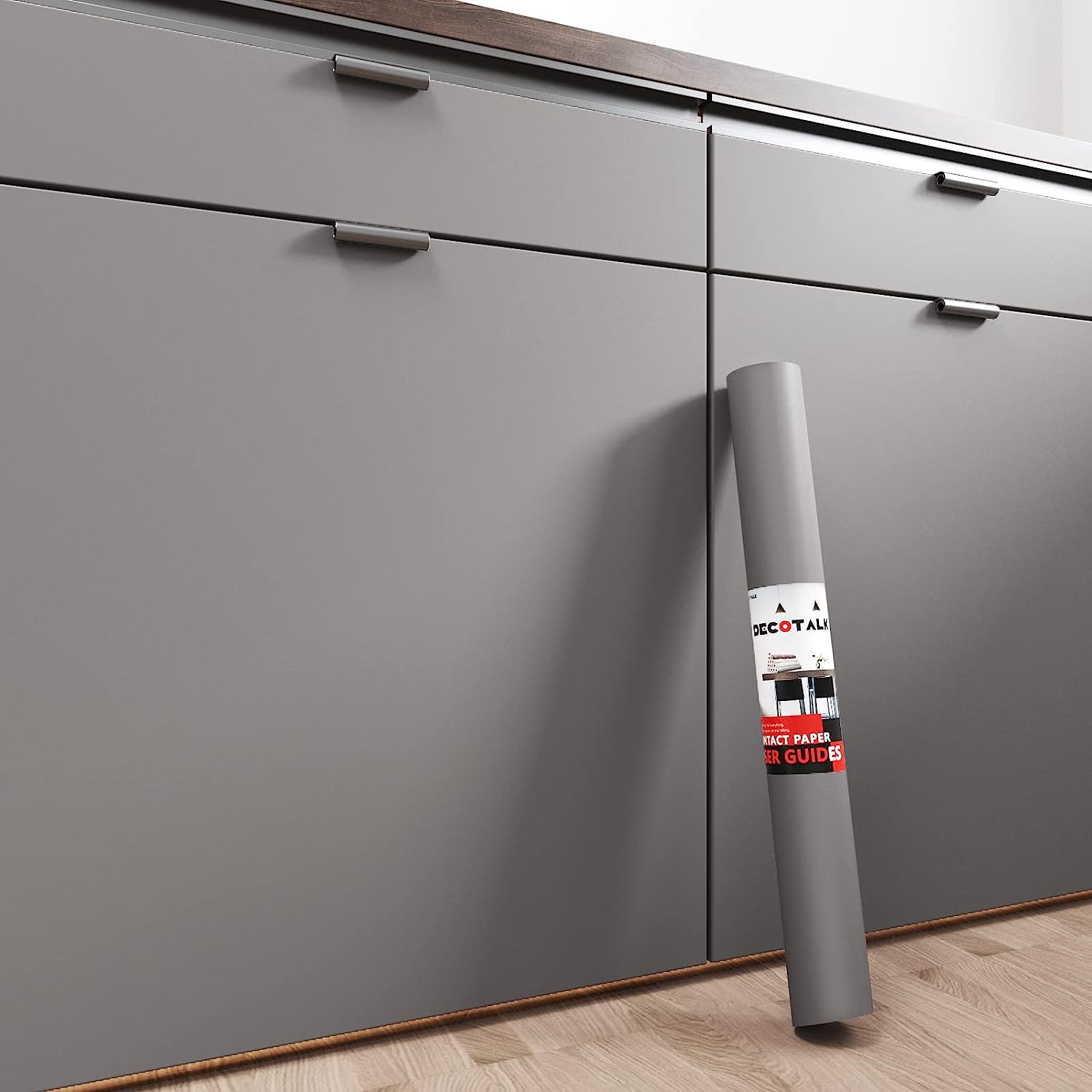
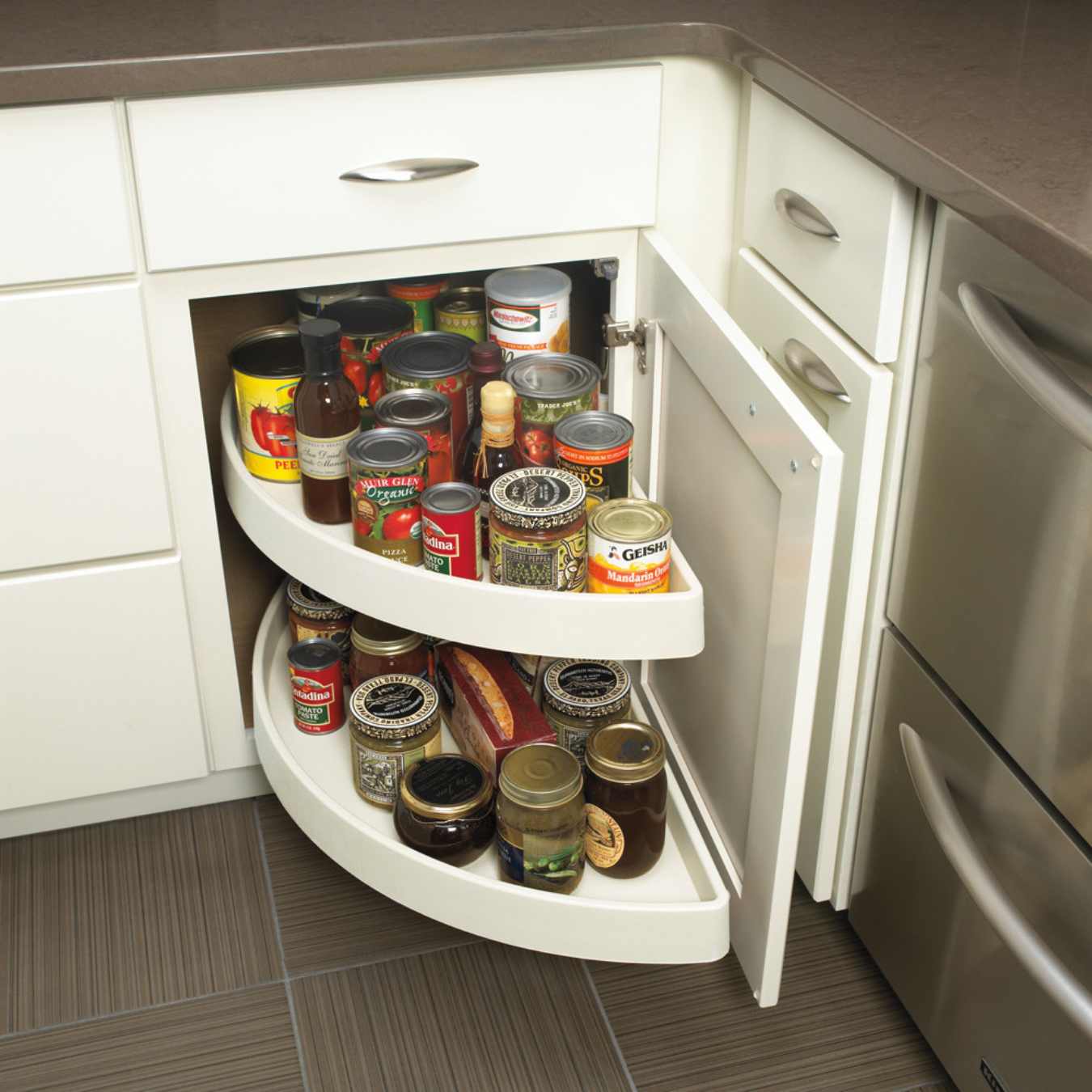
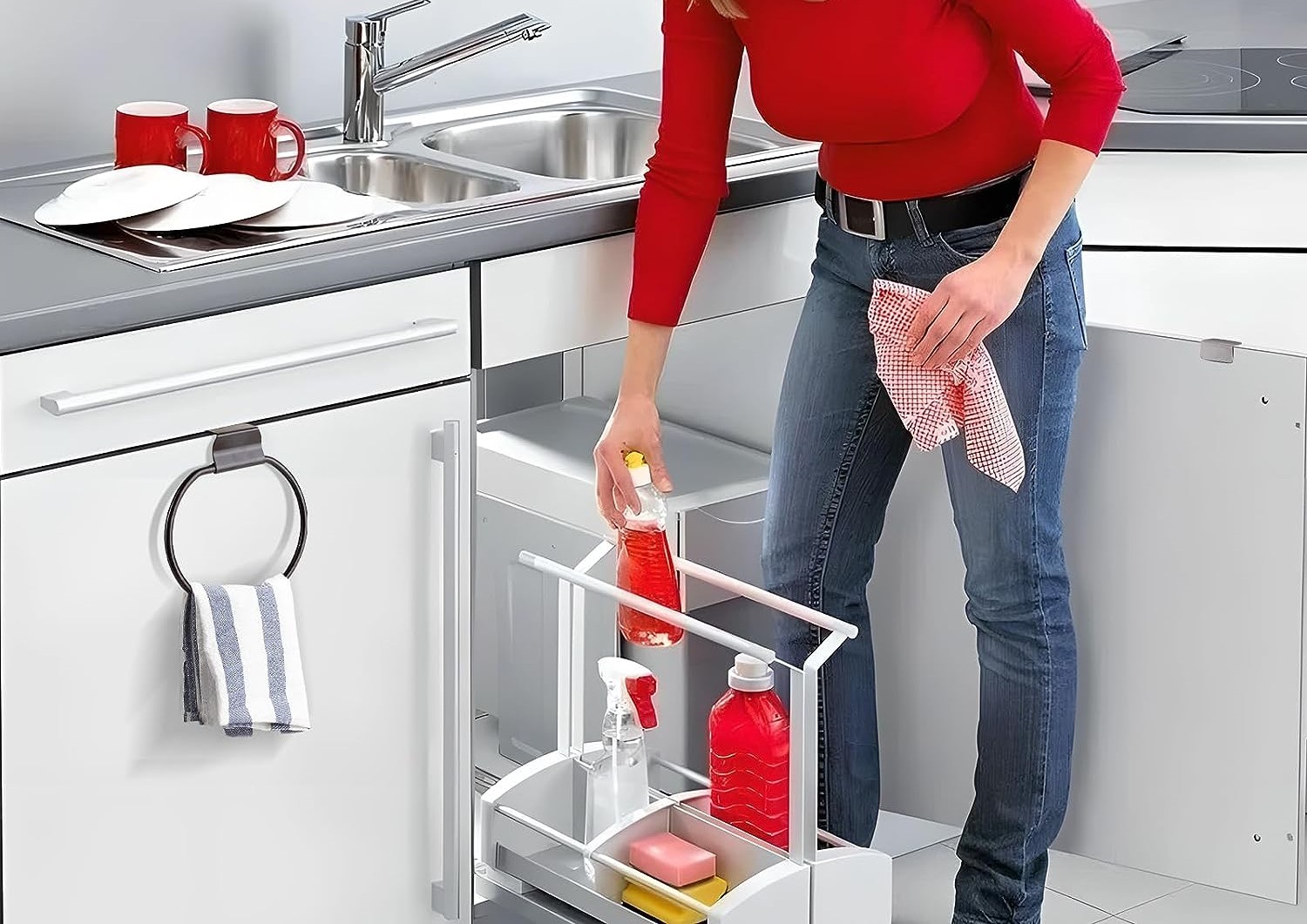
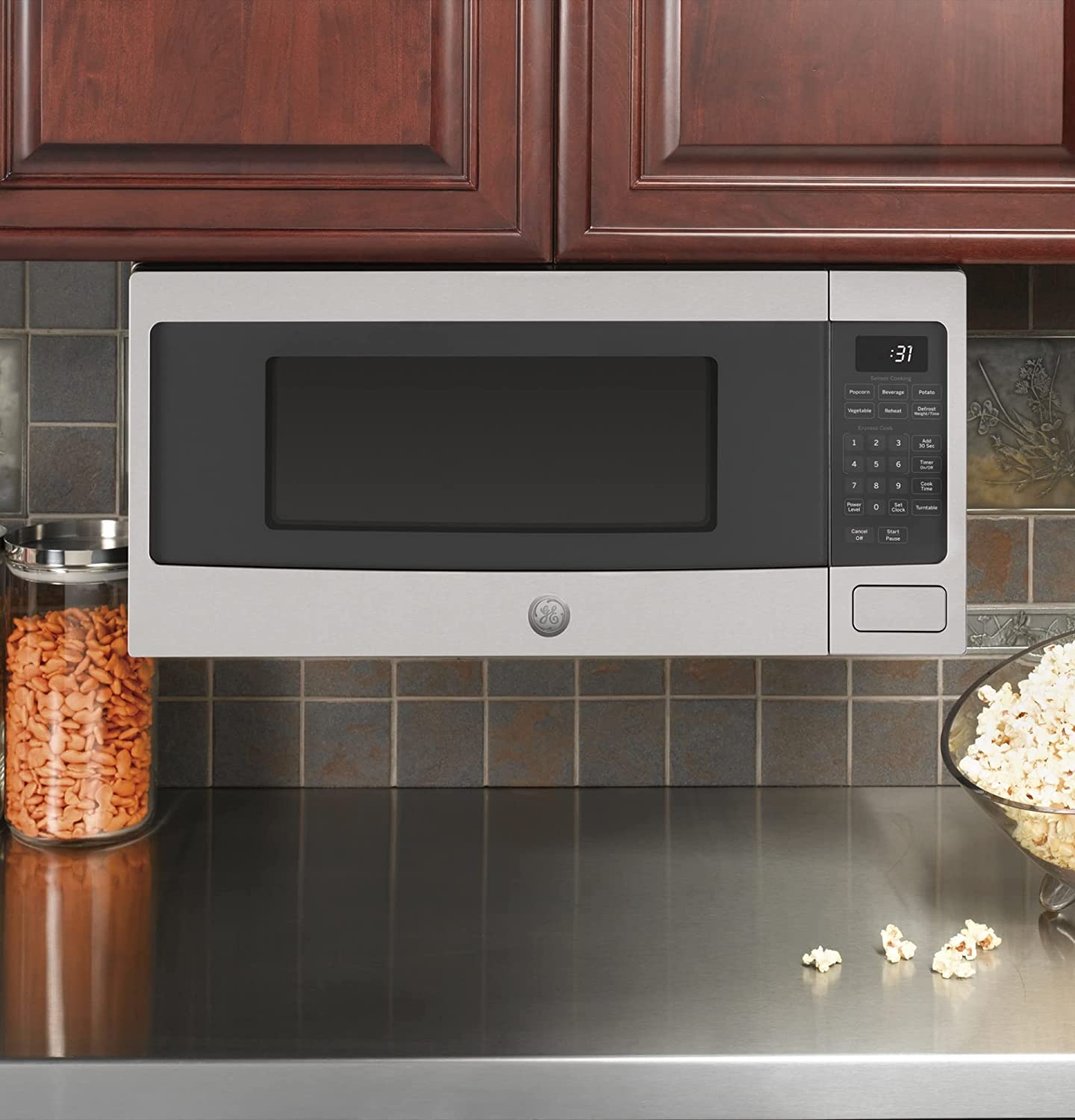
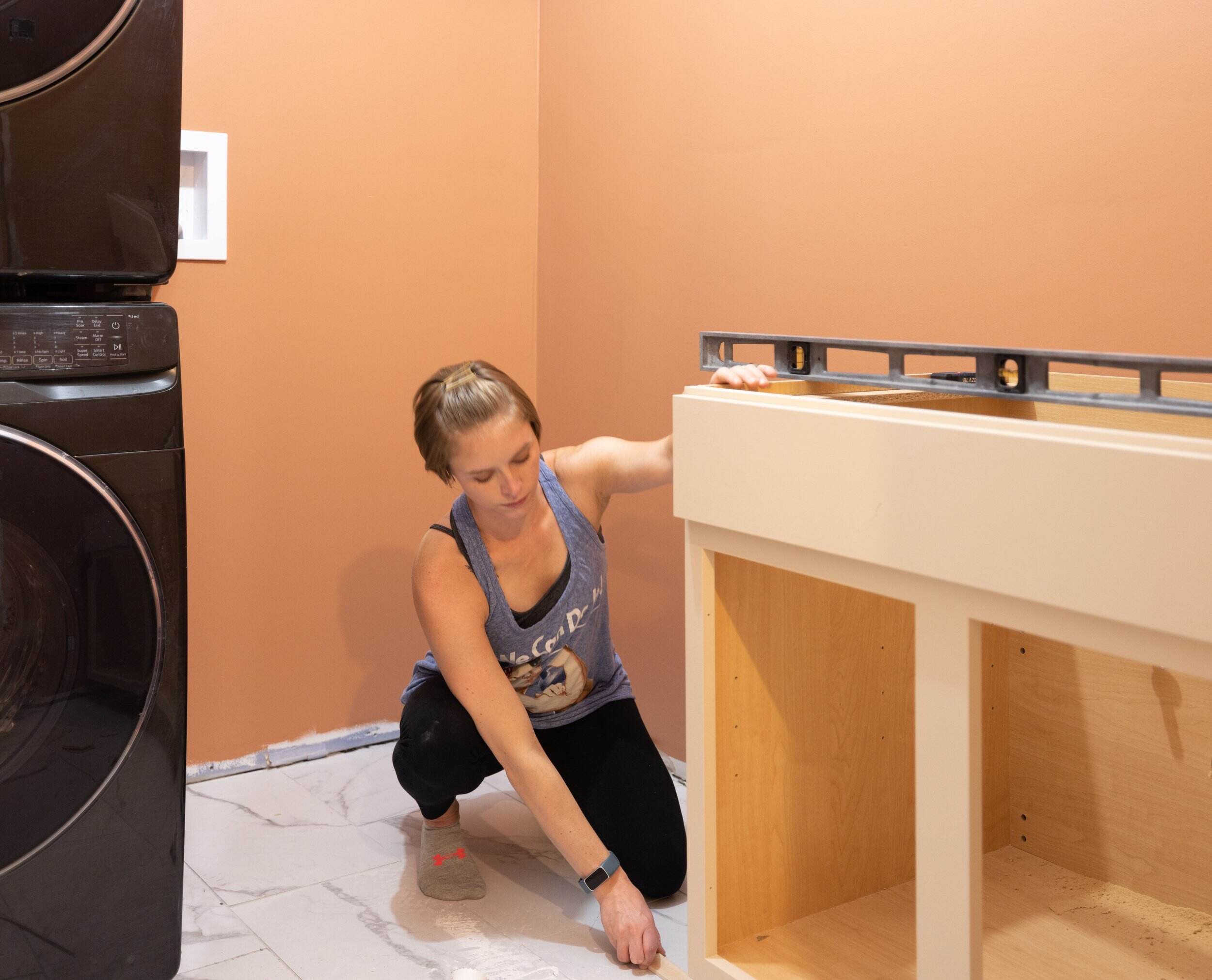
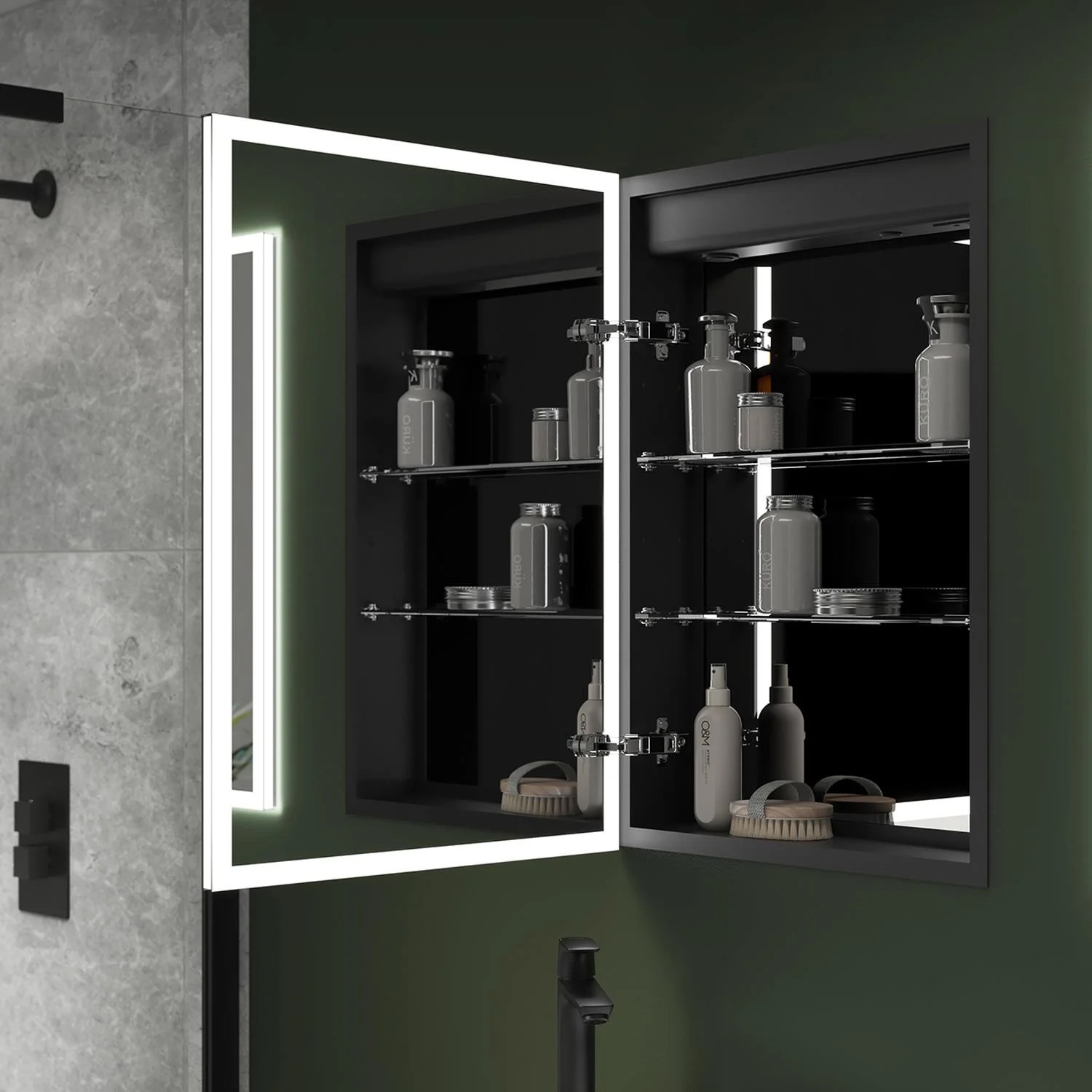
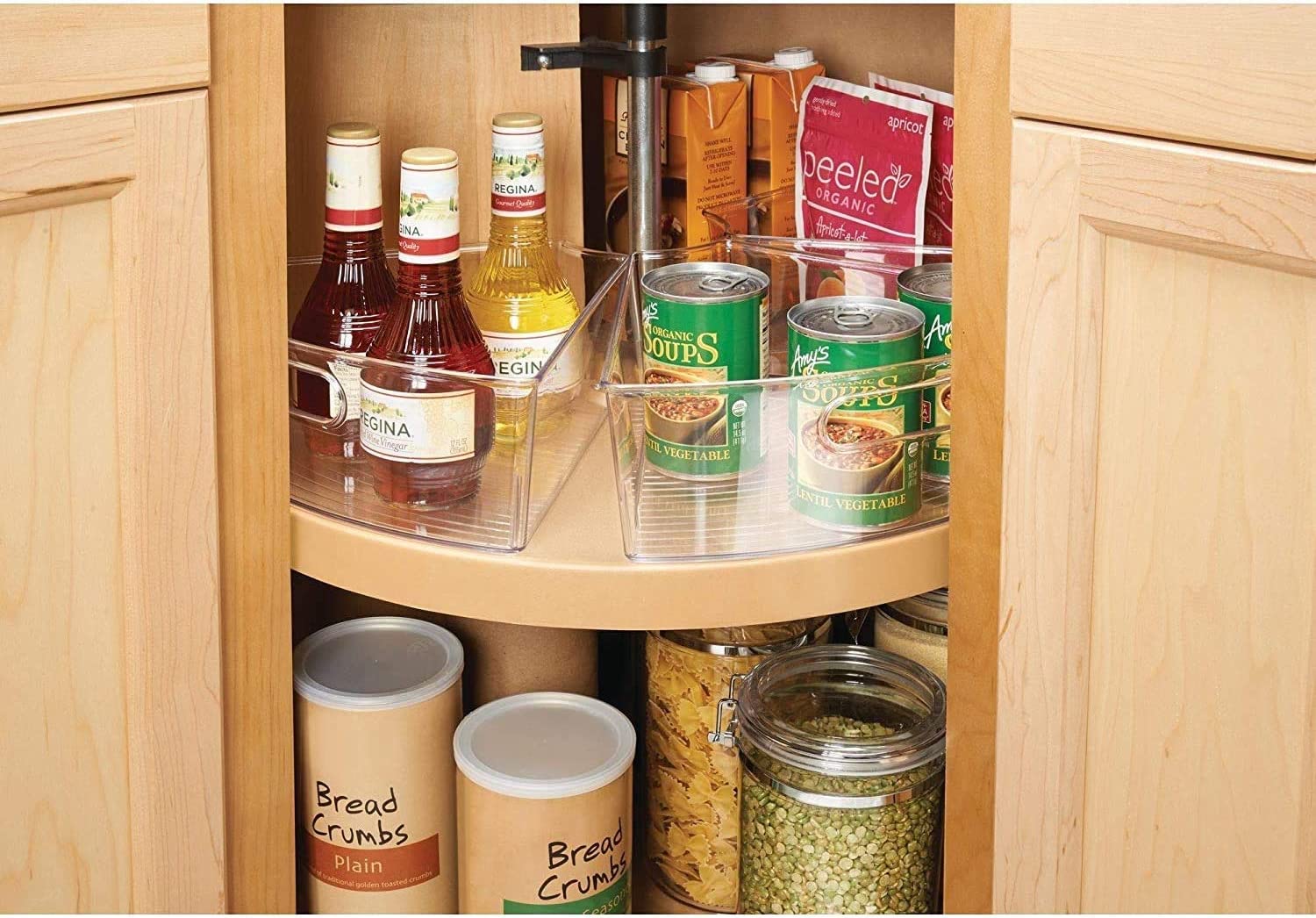

0 thoughts on “How Much Is Cabinet Installation”